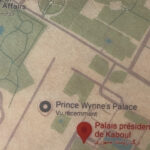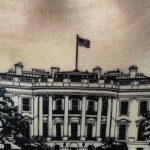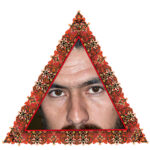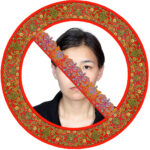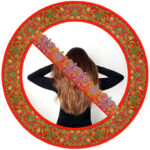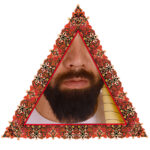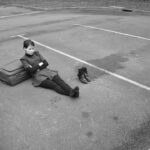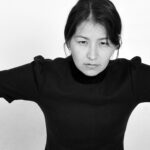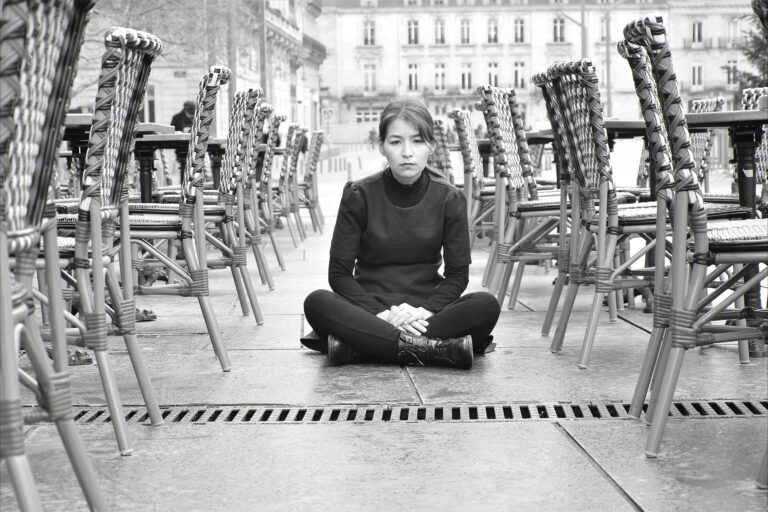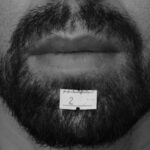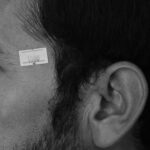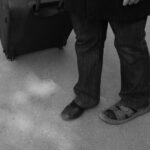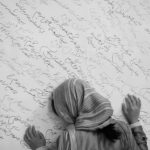Artworks
Itineraries of Palaces!
Growing up as a woman in Afghanistan means being trapped in a web of rules and prohibitions that suffocate our freedom. We are taught from a young age to conceal our bodies, to veil our hair, and to avoid "tempting" men. The notion that our mere presence could spark a storm of desires is both absurd and oppressive. It's a convenient excuse for men to maintain their power over us, as if we were responsible for their weaknesses. But this oppression goes beyond culture and religion; it's a systemic mechanism designed to control and subjugate.
Created in 2025, this series of images is a declaration of resistance against this oppressive regime. It exposes the hidden agendas and political games that underpin the prohibitions and obligations imposed on us. It protests against the exploitation of our bodies as battlegrounds for men's political wars.
Hanifa invites the viewer, especially women, to join her in questioning the reconquest of women's bodies and the redefinition of their lost identities.
Deciphering Silence
This photographic series is a continuation of artist's critique of the dominant codes and laws that govern women's lives. Hanifa begin by decoding the social norms that are deeply ingrained in Afghan culture, which serve to marginalize women's voices and reduce them to mere silhouettes or objects in their daily lives. she presents herself in silhouette, hidden by the norms and protected by a visible male presence. Through this ambiguous representation, she aims to deconstruct the destructive effects of these so-called cultural or religious norms on women's lives, bodies, and identities. The gestures and staging in this series are inspired by the rituals of daily life in Afghanistan, such as weddings and family ties, which are often fraught with gendered expectations. This series also includes a one-and-a-half-minute video that denounces the incompatibility of existing laws with artist's thoughts and values.
Uprooted
This photographic series plunges into the depths of exile and displacement, capturing the internal conflict that migrants face. Torn between a body that has adapted to a new reality and a mind that remains anchored in the past, migrants are caught in a state of nostalgia and longing. But displacement is not just a geographical phenomenon; it is also an emotional and psychological experience. Through these photographs, the artist aims to give voice to those who have been silenced, those who have been torn apart by their past and their identity. She seeks to show that exile is not just a matter of physical location, but also a state of being that affects the very soul.
I am the girl who has learned
"My earliest memory of injustice dates back to when I was just 5 or 6 years old. During a test, the Mullah from the mosque slapped me in front of a crowd of men for failing to read the word "NIZ", meaning "also" in Persian. Though I recognized the individual letters, fear of the Mullah's wrath and the mocking gaze of my peers silenced me. That day, the men who witnessed my humiliation did nothing to intervene, nor did they offer me comfort as the Mullah's slaps rained down. Their inaction etched itself into my child's mind as a defining characteristic of injustice. As I navigated my migratory journey from Ghazni to Kandahar, then on to Iran and Pakistan, I came to associate those men and the Mullah with the insidious forces of patriarchy. This series of works is a personal exploration of my quest to redefine my identity in relation to power, and a testament to the mechanisms that perpetuate violence against me. By making myself the subject of my own art, I aim to express my thoughts and claims through the most intimate and authentic medium – my own body."
